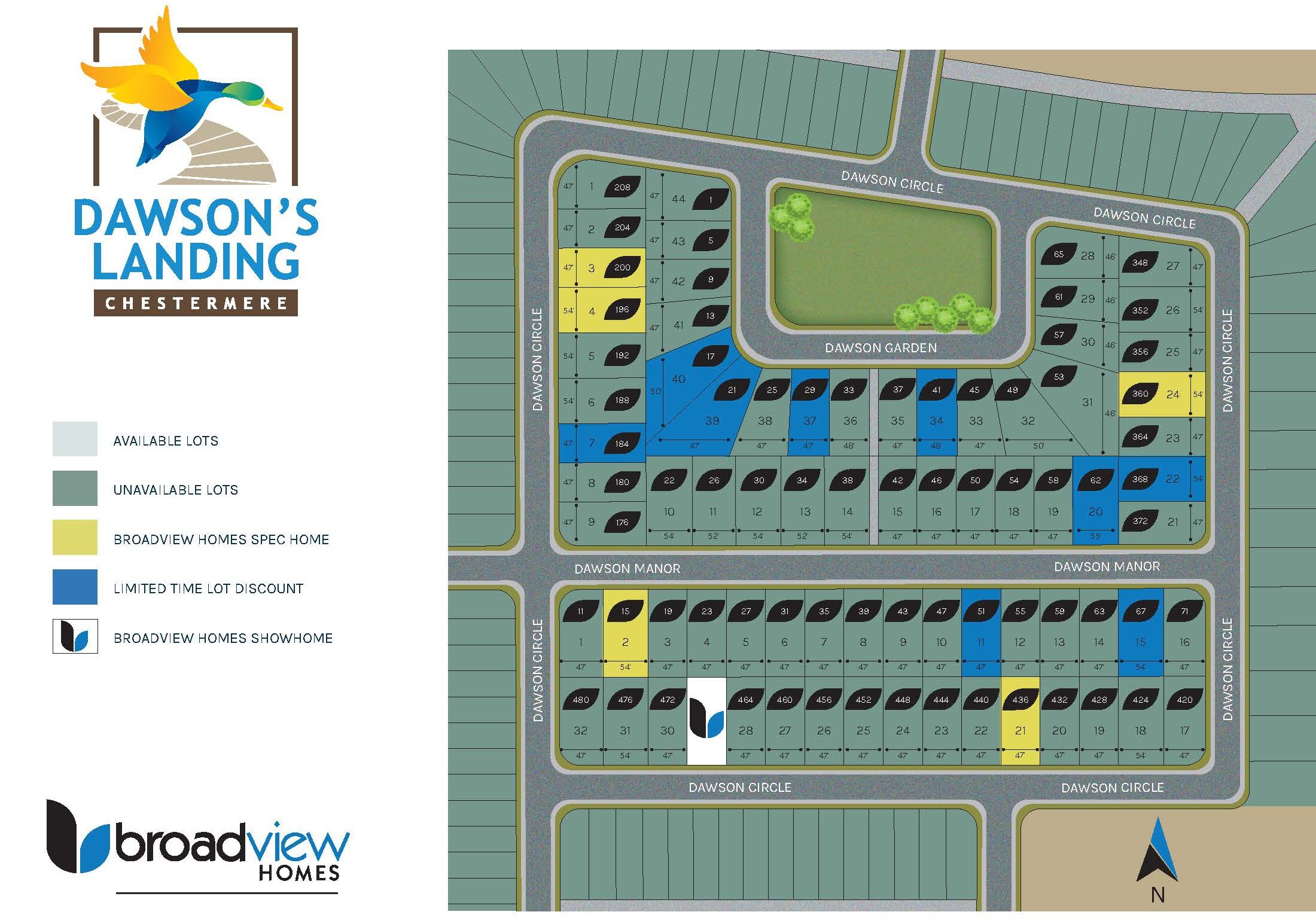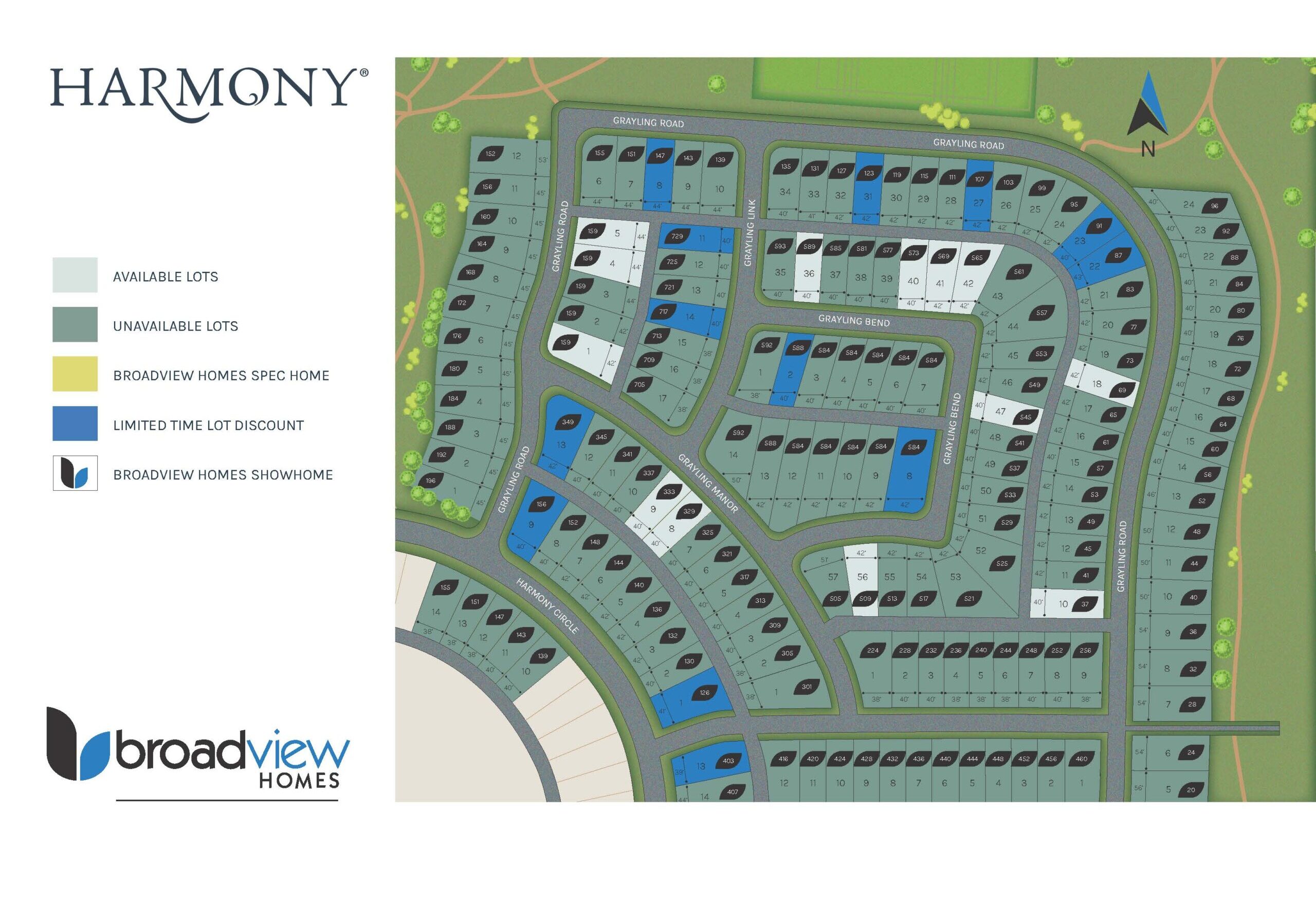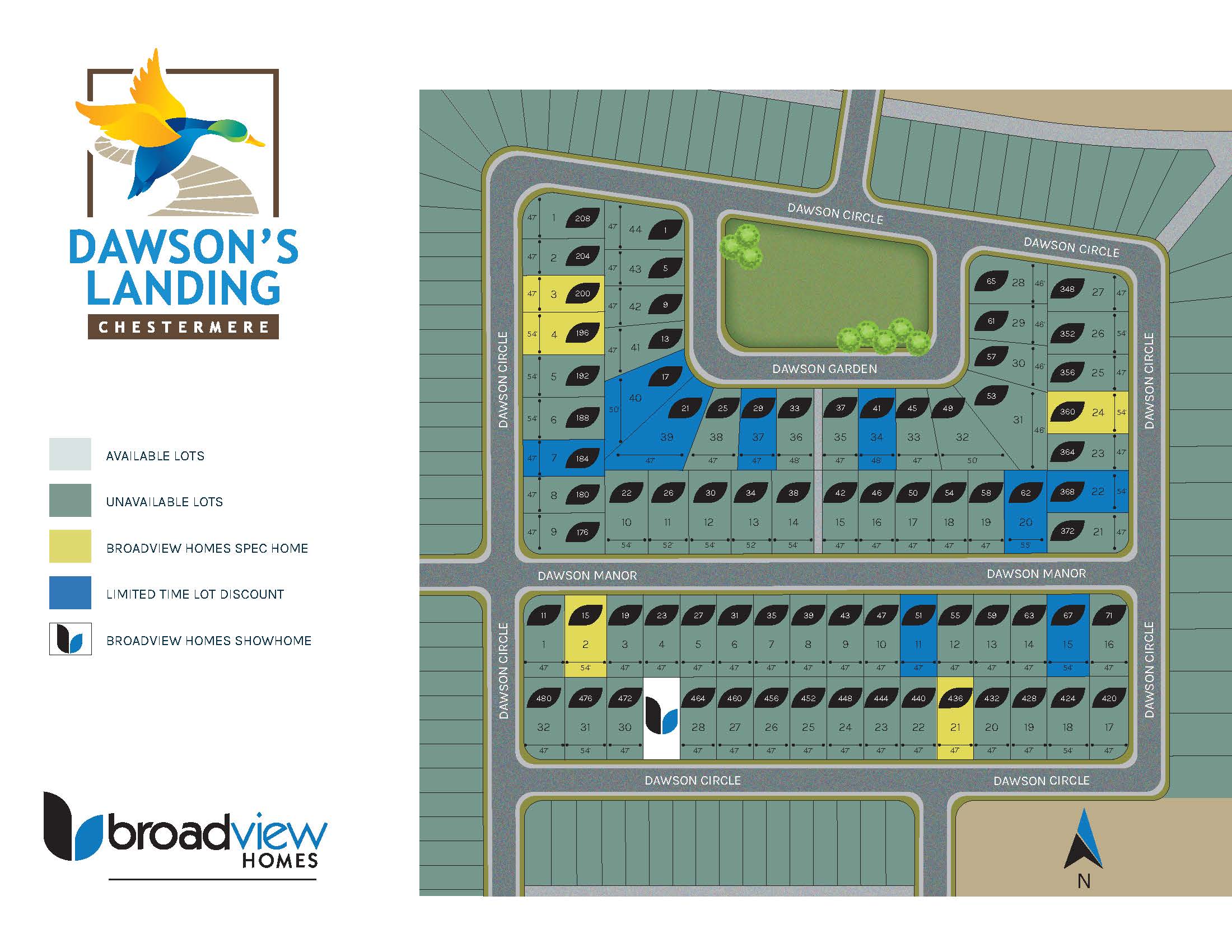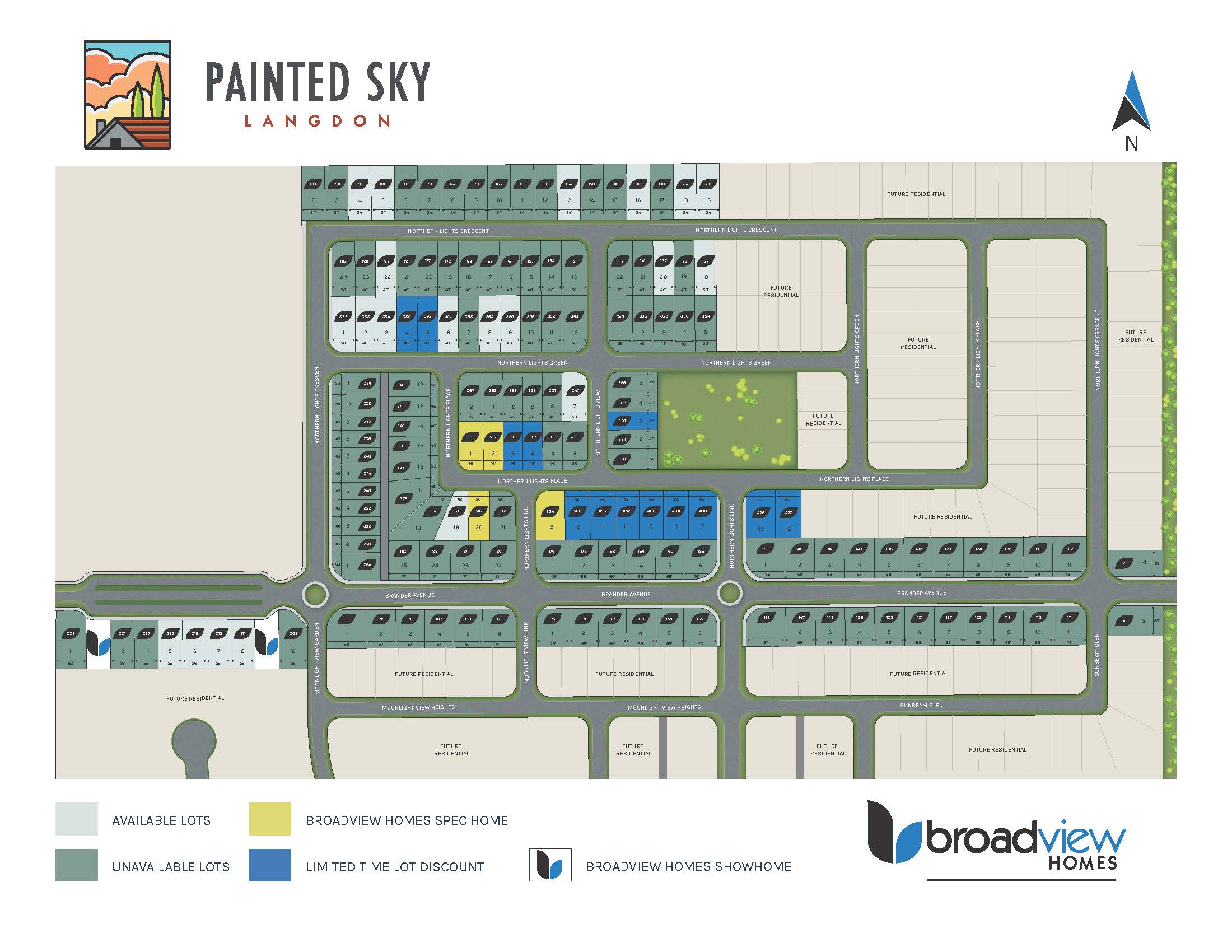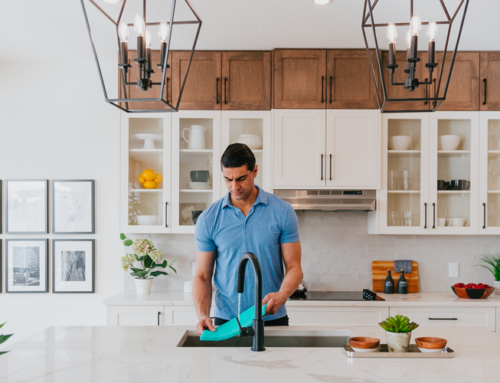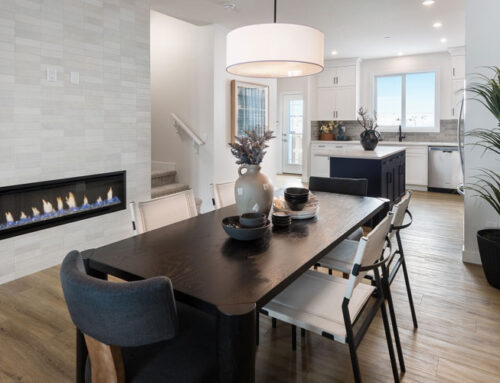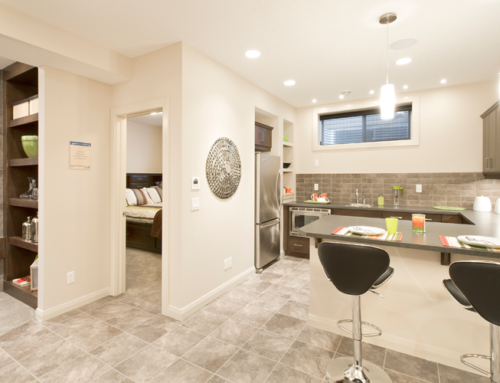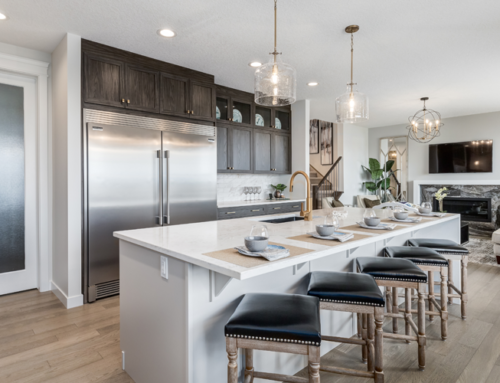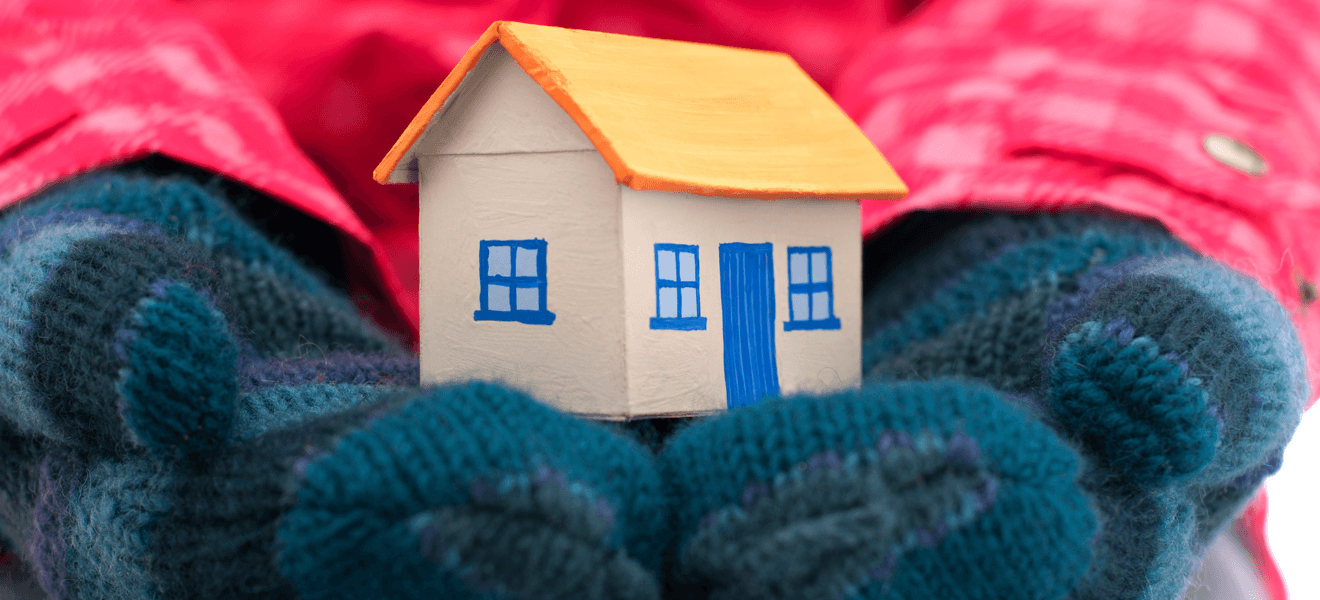 Calgary winters. A little snow, a little sunshine, a little rain, maybe a blizzard or two and repeat. If you were to look up unpredictability in the dictionary, you’d find a picture of the City of Calgary front and centre.
Calgary winters. A little snow, a little sunshine, a little rain, maybe a blizzard or two and repeat. If you were to look up unpredictability in the dictionary, you’d find a picture of the City of Calgary front and centre.
During a season where mother nature’s indecisiveness is at its peak, it’s easy to assume work on your new home build has slowed to a crawl. Nothing could be further from the truth! Snow or shine, sleet or hail (well, maybe not hail because that’s kind of painful), a great and dedicated home builder doesn’t stop just because of the weather.
Barring a complete white-out, work on your new home carries on as usual. Electrical, plumbing, drywall, painting, you name it, it still gets done. There are in fact, only a handful of construction processes that rely on warmer weather. To shed a little light on the subject and let you know what to expect with your new home build, we’ve outlined a few of these spring-summer dependent elements below.
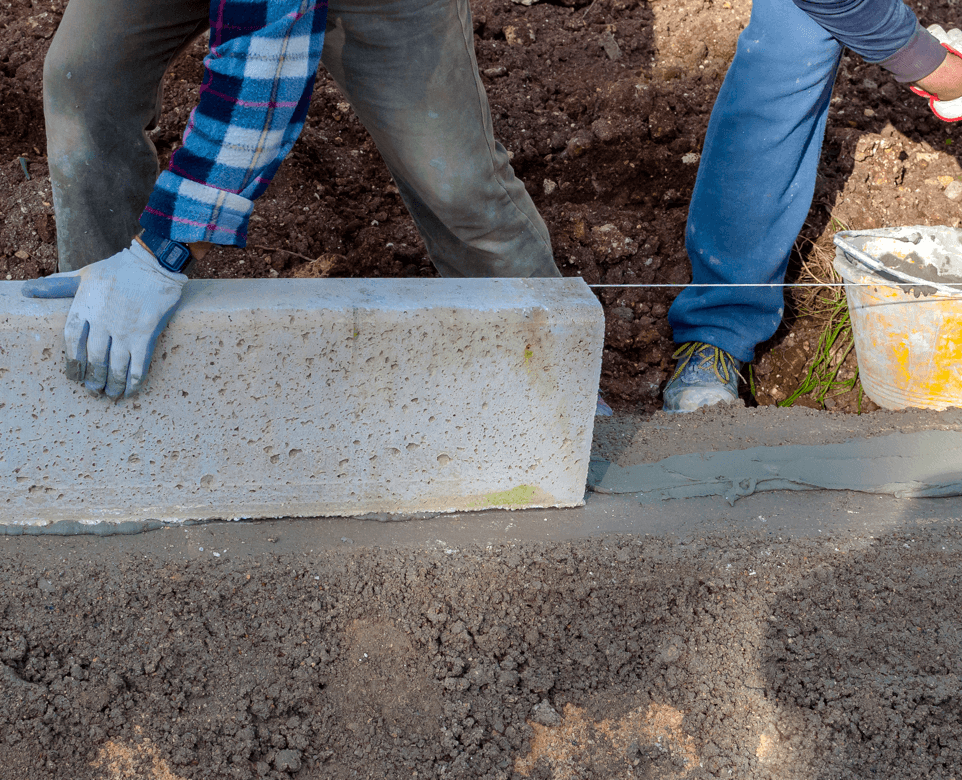 Walkways and Driveways
Walkways and Driveways
When it comes to seasonal work, it all starts with concrete. And, in order to finish other seasonal elements on the agenda, the driveway, sidewalk, and walkways need to be finished before anything else.
When a home builder sends in the concrete company to your new home, they’re generally going to be doing the concrete work for other homes throughout your community. This means the completion of your walkway and driveway isn’t determined by the day you move in, but rather by when the concrete work is able to be completed for several homeowners in the community all at the same time.
Concrete on average takes about a month to cure which is why this particular step is so weather dependent. Once it’s been ‘cooked to perfection’, you and your neighbours will be well on your way to having all your other seasonal work completed.
Stairs, Patios, and Decks
When we say patios and decks, that doesn’t mean you won’t have a patio or deck to look forward to when you move into your new home. However, if you’ve requested customizations, like an outdoor fireplace or maybe even a courtyard, for example, these modifications may have to wait for better weather.
Stairs, or temporary stairs on the other hand. Don’t worry, you won’t have to climb a rope to get into your house. This would only take place if your walkway is not completed. Temporary stairs would be put in place until the permanent ones can be installed.
Painting
Next in the order of seasonal things is the exterior paint. Paint would normally not stick to the surface and would potentially peel off if done while the temperature is too cold outside. Painters would then wait until the weather warms up a bit before taking on this task!
Rough and Final Grading
Rough Grade
Lot grading ensures that water runs away from the foundation of your home and can only be completed after (you guessed it) the concrete has been poured and cured. Grading away from the concrete, like the home, keeps water away and guarantees you won’t end up with a pool of water in the middle of your sidewalk.
The ground also needs to have defrosted and dried out enough from the winter to prevent stuck equipment and an overall muddy mess. Rough grading may also be approached as a community project by the builder so your neighbours can have their rough grade completed at the same time.
Once the rough grade has been inspected and approved by the city (don’t worry the home builder takes care of this), the final grade process can begin.
Final Grade
Unless landscaping is in your purchase contract, the final grade is generally the responsibility of the homeowner. This means sod, equipment, inspections and surveillance fees will all be up to you. The final grade should be completed as soon as possible after rough grade approval and prior to landscaping. This way, if the grade needs to be adjusted it won’t affect the sod you just laid, for example.
Landscaping and Fencing
As mentioned above, this should be done after your final grade approval. If you have landscaping written into your purchase contract, this is where they’ll add topsoil, sod, trees, shrubs etc. (according to community guidelines of course).
Even if you’ve decided to do your own landscaping, this is where you can really have fun. In addition to getting your grass established, you can plant a flower bed or two, start a garden, and build your fence. Keep in mind, the developer will have architectural requirements you’ll be expected to adhere to such as a tree in every front yard, fencing standards etc. You can ask your home builder for further information.
Although seasonal work may vary slightly from home builder to home builder, the truth is, your home build will be little affected during a Calgary winter. You can also rest assured that a good home builder won’t leave you in the dark when it comes to your home’s progress. Pictures, emails, (sometimes even Facebook posts!) are all ways in which a great home builder will keep you updated. So winter, schminter–nothing will stand in the way of your awesome new home.
{{cta(’65b2f630-f1bb-41a6-86fa-fce8961394b6′,’justifycenter’)}}

